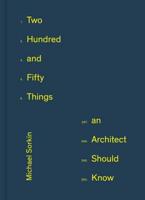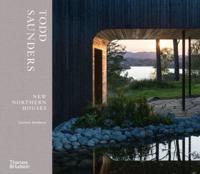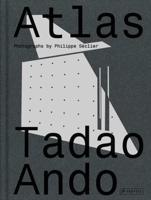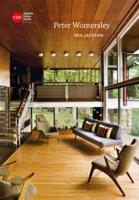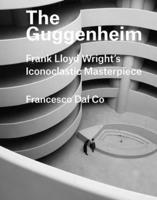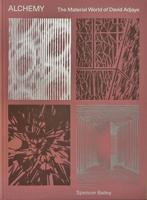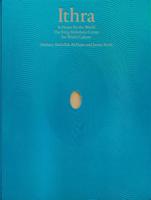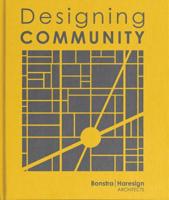Publisher's Synopsis
From Vaux-le-Vicomte to Versailles, the buildings of Louis Le Vau shaped the image of French court society. None, however, has had as dramatic an effect as Mazarin's Collège (1661-70), the Parisian landmark that now houses the Institut de France. In this first English-language book on Louis XIV's celebrated architect, Hilary Ballon deftly portrays the brilliance and controversy of Le Vau's late career through an exploration of this masterpiece, a hybrid of baroque and classical styles. She tracks the design and construction of the Collège on the basis of splendid drawings, fully illustrated here, integrating into this account previously unknown dimensions of Le Vau's creative personality, his financial entanglements, and his feuds with government leaders.
The story of the Collège begins in 1661 with the death of Cardinal Mazarin, who left an extravagant sum of money for a school to be built in his memory. Le Vau responded with an ambitious architectural tribute intended to launch the development of Paris in a new artistic direction. As Ballon shows, many personal factors figured into the final product, including Le Vau's activities as a real estate developer and entrepreneur, and his explosive response to the Italian baroque master Gianlorenzo Bernini, who visited Paris in 1665. The project ended up significantly over budget, and officials charged Le Vau shortly after his death with embezzling funds. The chief minister, Jean-Baptiste Colbert, led the attack on Le Vau, turning the ethical scandal into an aesthetic crusade to maintain a "classical" look for central Paris.
By relating the intriguing context in which the Collège was created, Ballon explains why traditional definitions of the baroque and classical styles have failed to offer a cohesive understanding of the building. Her examination of the elements informing Le Vau's personal style and his relationship with Colbert brings into sharper focus the phenomenon of royal patronage and opens a new perspective on the development of French classicism at a turning point in Parisian architectural history.

